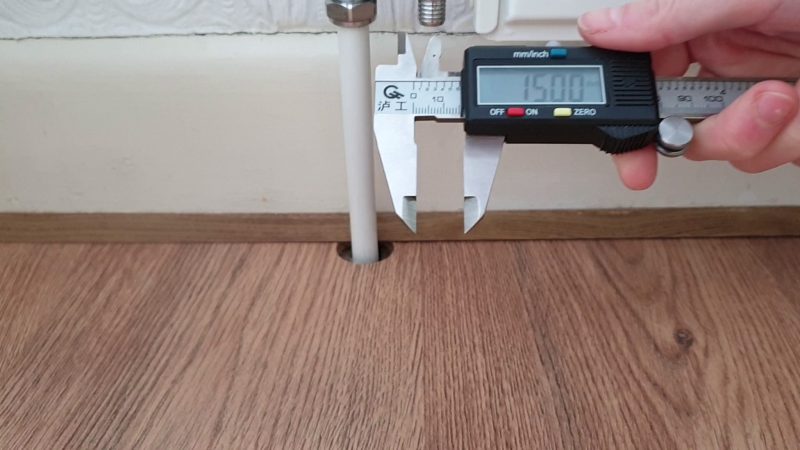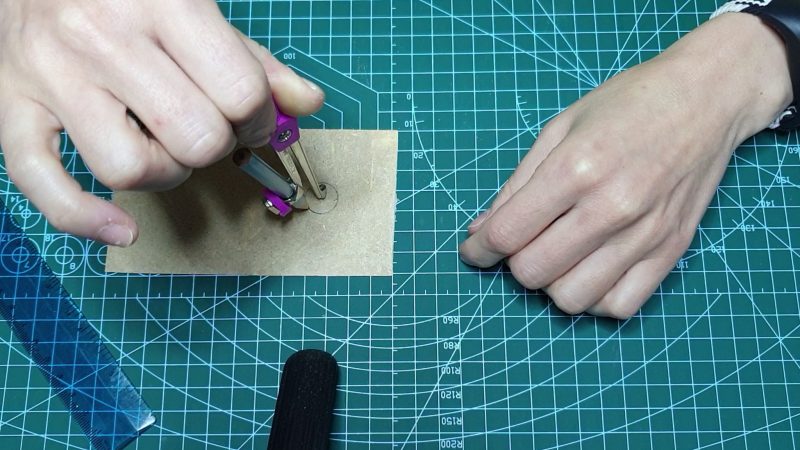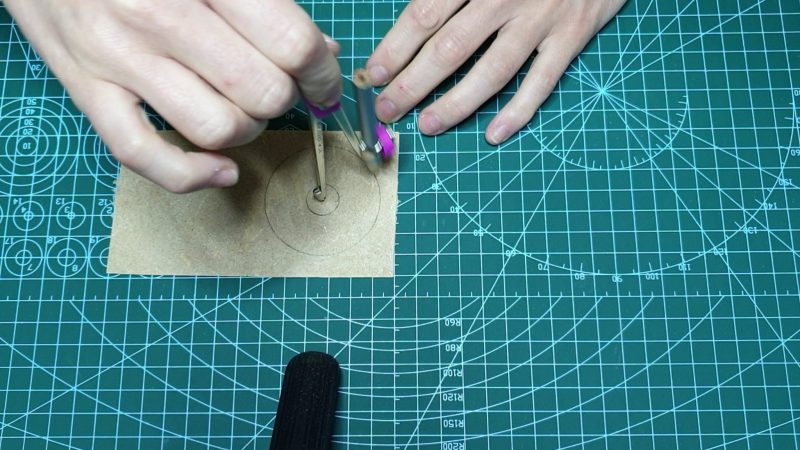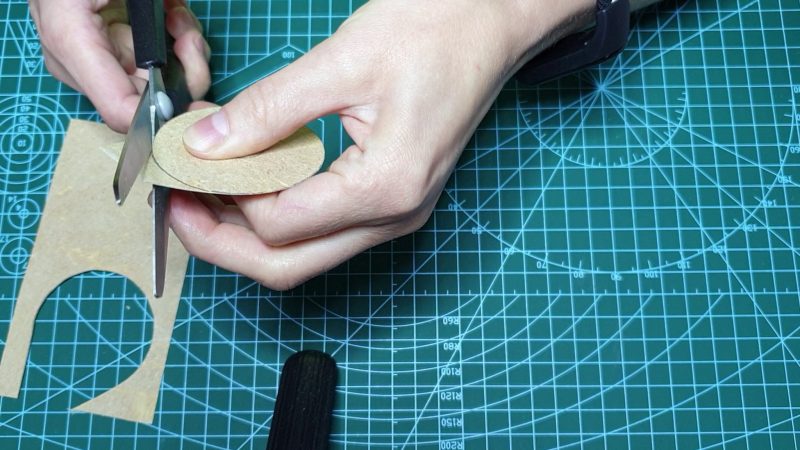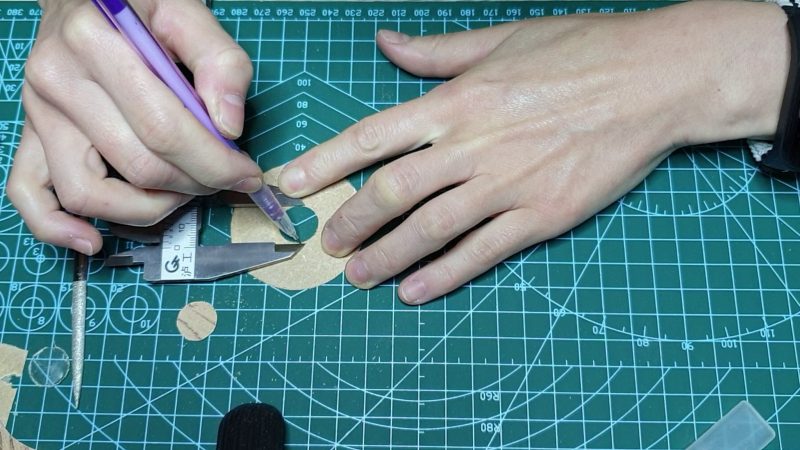DIY Laminate Pipe Cover
In this post, I’d like to share my experience making a pipe cover using leftover laminate flooring. This DIY project not only allowed me to make the most of scrap materials but also offered a tailor-made solution for concealing the pipe gaps that were just a little too close to the wall for standard covers. The result? A pipe cover that seamlessly matches my flooring and maintains a clean, polished look.
Materials And Tools
- laminate flooring
- self adhesive film
- double-sided tape
- clamps
- saw
- chisel
- vernier callipers (optional)
- compass
- scissors
- hobby knife
- file
- ruler
Preparation
To get started, I selected a piece of laminate flooring and covered its top with self-adhesive film to prevent any chipping during the cutting process. I then flipped it upside down, ensuring that the film-covered side faced downward. Placing it on another piece of laminate flooring, I secured both pieces to my work surface with clamps. Carefully, I sawed through the laminate flooring on both sides near the clamps, making sure not to cut all the way through. This initial step made the subsequent chiselling work easier.
Chiselling
Next, I chiselled away all of the HDF (High-Density Fiberboard/Hardboard) until I reached the decorative layer of the laminate floor piece. While I could afford to be somewhat rough in the beginning, I gradually slowed down as I approached the decorative layer, as it’s all too easy to go too far.
When I first attempted this project, I initially tried to remove the top decorative layer of the laminate floor with a retractable knife. It worked reasonably well, but I had limited control over the blade, and it inevitably sliced through parts I wanted to preserve. I also managed to cut myself a few times, so I wouldn’t recommend that technique. I’ve since contemplated whether a tool like a draw knife might prove more helpful.
Draw and cut
Using my compass, I drew a circle corresponding to the diameter of the pipe. Then, considering the measurement of the gap I aimed to cover, I added an extra two centimetres before sketching another circle around the initial one.
I used scissors to cut out the outer circle, and for the more intricate work of the inner circle, I turned to a hobby knife. Afterward, I refined the inner circle with a small file.
Finishing Touches
I transferred that measurement onto the laminate circle I had made. Using scissors, I cut along the marked line and applied double-sided tape to the back of my new cover, trimming away any excess tape for a neat and clean finish.
Now, it’s up to you whether to leave the transparent film on your cover for protection or peel it away for a pristine finish.
Cover the gap
I removed the backing from the laminate cover, then gently bent it around the radiator pipe and affixed it to the floor, and just like that, the gap was covered.
In the end, creating this custom pipe cover from leftover laminate flooring allowed me to make the most of scrap materials. It’s a small, DIY solution that brought a sense of contentment by creating a matching, unobtrusive cover for those tight spaces near the wall. So, if you ever come across a similar challenge, I would encourage you to give this a go 😊



















